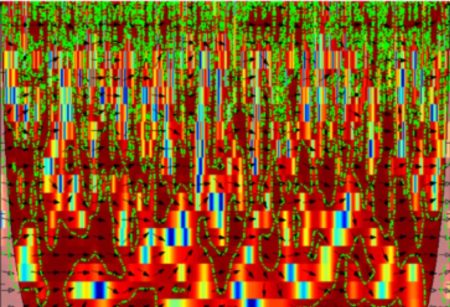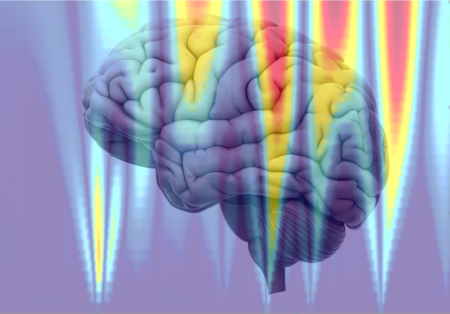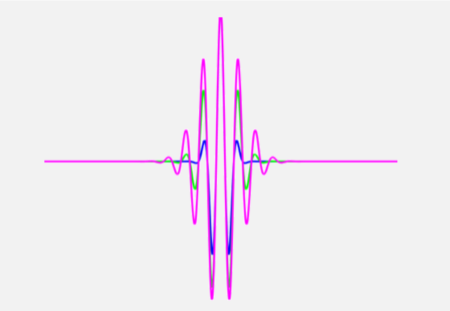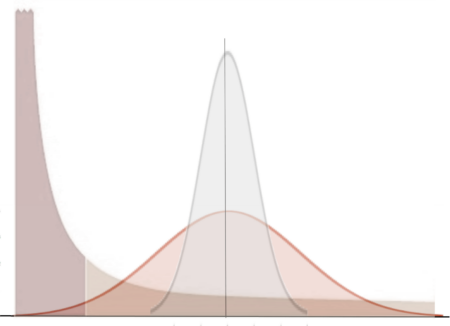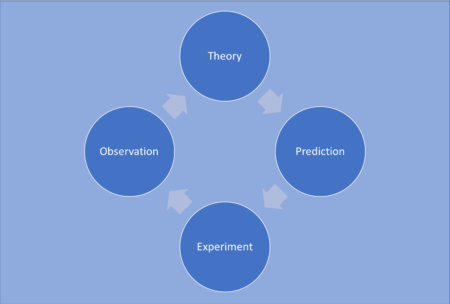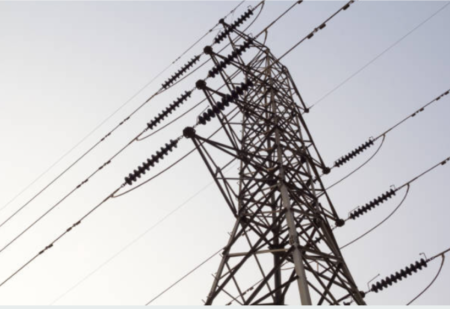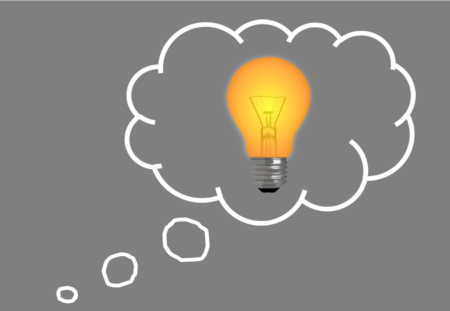If individual neurons were as intelligent as little minions, how would we know? The experimental paradigms today assume they are not, what should we change…
Lab Talk
Connectivity Estimation with Wavelet Coherence
Wavelet transforms can be used to compute coherence in the EEG and estimate dynamic interactions. Here is a primer on how to do this. Analogous…
5 New Year Resolutions for Your Lab
We all like new starts and the new year is a great time to revamp some things that maybe aren’t working well or could work…
Applications of Wavelets in EEG
In the previous blogpost, we discussed how wavelets allow us to perform time-frequency characterization of non-stationary signals such as EEG. Here we discuss some applications…
How Does the Brain Deal With Novelty?
Current theories of connectionism have a hard time explaining how the brain deals with novel situations. An alternative approach of fast hierarchical adaptations could solve…
Time-Frequency Analysis and Wavelets
Wavelets overcome limitations of methods such as the fourier transform by enabling a view of changes across both time and frequency. Here is a primer…
The Impact of Individual Differences in Neuroimaging Data
Inter and intra person variability in brain metrics across the population can result in misleading interpretation of results. It is important to understand the distributions…
A First Test of Hierarchical Adaptations
Are there hierarchical adaptations in the nervous system that help rapidly adapt responses to changing circumstances? A hypothetical experiment with the patellar reflex can help…
How the Power Grid Has Shaped EEG Research
Power line noise at 50 and 60 Hz is bang in the middle of the spectrum of brain activity and is often picked up by…
From Neurons to Concepts
How does the brain store concepts and activate them in a contextual manner? AI ignores concepts, connectionist models of the brain ignore concepts. What can…


